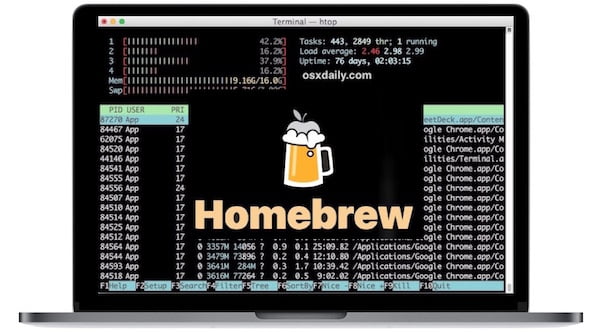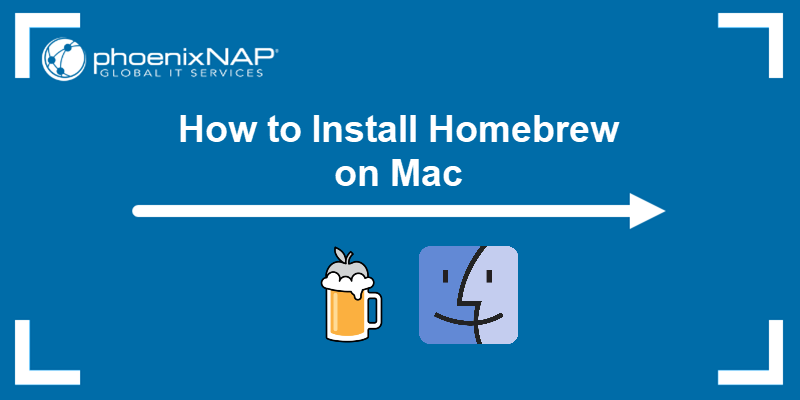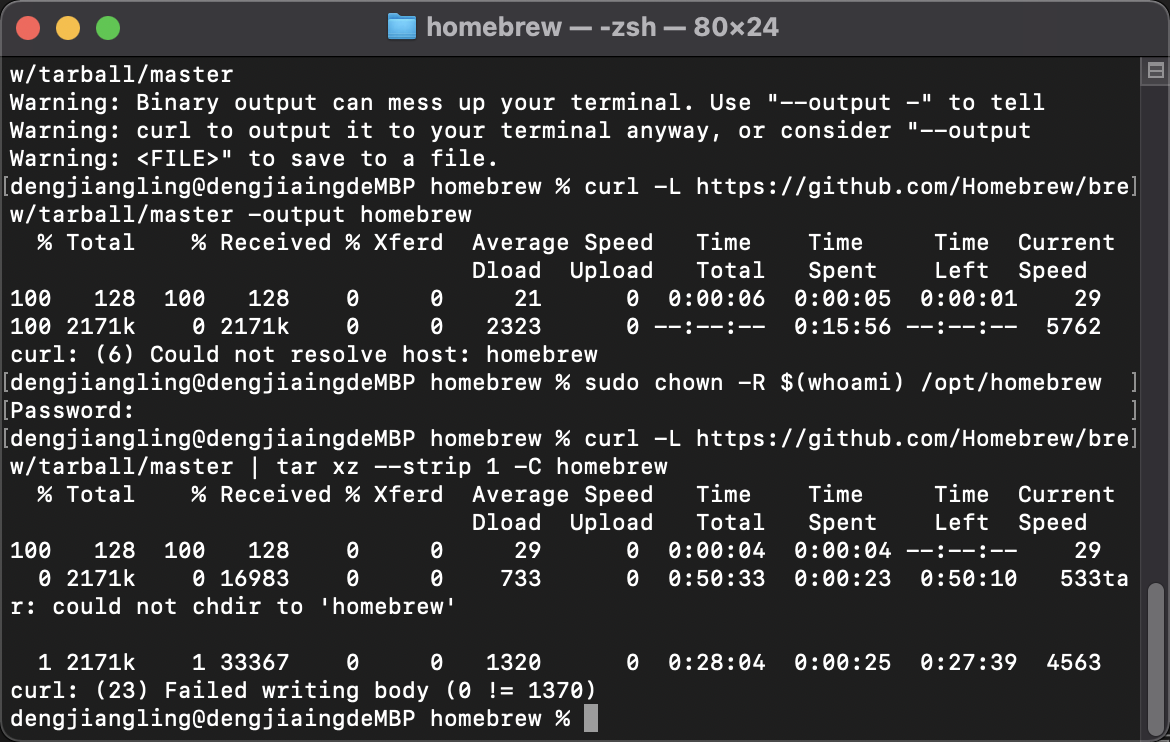

- #INSTALL HOMEBREW ON MAC M1 PRO INSTALL#
- #INSTALL HOMEBREW ON MAC M1 PRO UPDATE#
- #INSTALL HOMEBREW ON MAC M1 PRO MANUAL#
- #INSTALL HOMEBREW ON MAC M1 PRO FULL#
- #INSTALL HOMEBREW ON MAC M1 PRO SOFTWARE#
NET binary, the following commands may be run from the directory where the file is saved to extract the runtime. NET SDK and CLI environment variables.Īlternatively, after downloading the. NET CLI commands available at the terminal. Next, extract the downloaded file and use the export command to set DOTNET_ROOT to the extracted folder's location and then ensure.
#INSTALL HOMEBREW ON MAC M1 PRO INSTALL#
NET SDK, you will not need to install the corresponding runtime: For a developer or user, it's generally better to use an installer.įirst, download a binary release for either the SDK or the runtime from one of the following sites.
#INSTALL HOMEBREW ON MAC M1 PRO MANUAL#
Manual installation is usually performed as part of continuous integration testing. NET, you can download and manually install the SDK and runtime. NET 7:Īs an alternative to the macOS installers for. MacOS has standalone installers that can be used to install.
#INSTALL HOMEBREW ON MAC M1 PRO UPDATE#
After installing brew, install libgdiplus by executing the following commands at a Terminal (command) prompt: brew update NET applications that use the assembly require libgdiplus to be installed.Īn easy way to obtain libgdiplus is by using the Homebrew ("brew") package manager for macOS. NET apps), see Working with macOS Catalina Notarization. If you run a non-notarized app, you'll see an error similar to the following image:įor more information about how enforced-notarization affects. Prior released versions aren't notarized. NET have been notarized since February 18, 2020.

#INSTALL HOMEBREW ON MAC M1 PRO SOFTWARE#
Notarizationīeginning with macOS Catalina (version 10.15), all software built after Jthat is distributed with Developer ID, must be notarized. Installing the SDK includes both runtimes: ASP.NET Core and. It's highly recommended that you install ASP.NET Core runtime for the best compatibility with. This runtime is the simplest runtime and doesn't include any other runtime. There are two different runtimes you can install on macOS: If they don't include the runtime, it's up to the user to install the runtime. When an app author publishes an app, they can include the runtime with their app. The runtime is used to run apps created with. NET versions and their support life cycle, see.
#INSTALL HOMEBREW ON MAC M1 PRO FULL#
NET releases and the versions of macOS they're supported on: Operating Systemįor a full list of. The following table is a list of currently supported. STS releases get free support and patches for 18 months. LTS releases get free support and patches for 3 years. The only difference is the length of support.

This is the easiest ways to install home brew, First go to Application > Utilities and right click on Terminal and click Get Info and tick Open using Rosetta.There are two types of supported releases, Long Term Support (LTS) releases or Standard Term Support (STS). always make sure to use arch -x86_64 before the command. arch -x86_64 /bin/bash -c "$(curl -fsSL )"Īfter the installation is completed, you can update the packages with Homebrew.

Once you complete the Rosetta installation, run below command to install the Homebrew. To install Rosetta, run below command in your terminal. Usually It doesn’t come with macOS Big Sur. Rosetta was introduced when Apple’s hardware transitioned from Power-PC-based to Intel-based CPUs. Basically, Rosetta is a translation process that allows users to run apps that contain x86_64 instructions on Apple silicon. If you to know more about Rosetta 2, click here to read more about the Rosetta 2 and here I'll about the Rosetta. Run the Homebrew installer under Rosetta 2 So, After struggling couple of hours, I found couple of ways to install the Homebrew on Apple Silicon M1 chip. If you really know what you are doing and are prepared for a very broken experience you can use another installation option for installing on ARM: Rerun the Homebrew installer under Rosetta 2. Homebrew is not (yet) supported on ARM processors! When it comes to Apple Intel Chip, Installing Homebrew in Intel-based Macs is straightforward and your need run below command in your terminal, /bin/bash -c "$(curl -fsSL )"īut if you running above command on the Apple Silicon M1 chip MacBook Air or Pro, you will get below error, /bin/bash -c "$(curl -fsSL )" So you need to install it manually on your Mac. When it comes to MacOS, by default it's missing. Homebrew is a handy package manager for MacOS as well as for the Linux.


 0 kommentar(er)
0 kommentar(er)
